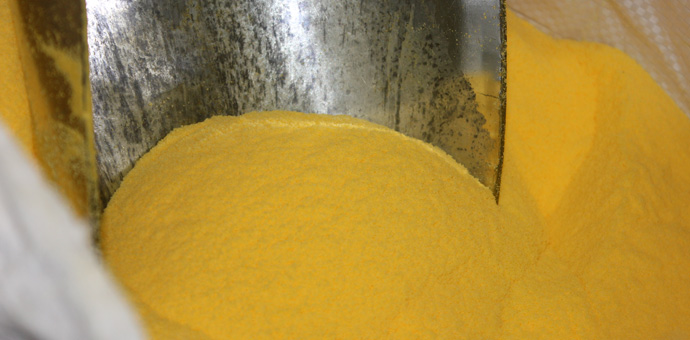
Tecni-Form can help customers select the correct material for their specific application
Range of polymers used for rotationally moulded plastics
Material manufacturers are continually developing grades suitable for rotational moulding. Tecni-Form remain at the forefront of this field, working with raw material manufacturers on the development of new grades.
Tecni-Form can help customers select the correct material for their specific application. The choice depends upon the design, performance and cost requirements. Outline details of materials are given below, but full data sheets are available on request.
Polyethylenes (ULDPE, LDPE, LLDPE, MDPE, XLPE and HDPE)
Polyethylenes are available in a wide range of grades and densities. Polyethylenes are the lowest cost polymers suitable for rotational moulding.
Ultra Low Density (ULDPE)
A material of very high flexibility used as an elastomer where very good impact resistance, stress cracking, low temperature performance, and chemical resistance are required.
Low Density (LDPE)
A material of relatively low rigidity and surface hardness with good impact, stress cracking and low temperature performance. Highly resistant to attack by certain chemicals.
Medium Density (MDPE)
Mouldings exhibit increased rigidity and hardness compared to low density whilst retaining reasonable impact, stress cracking and low temperature performance characteristics. Certain Linear (LLDPE) grades come under this category.
High Density (HDPE)
Mouldings which require higher rigidity and surface hardness can be produced economically with these grades.
Cross-Linked (XLPE)
This material contains a chemical additive which substantially improves the physical and chemical performance of the material. Although the material carries a cost premium compared with ordinary polyethylenes, cross-linked PE can be cost effective in higher performance applications.
Ethylene Vinyl Acetate (EVA)
EVA is moulded in the same manner as polyethylenes, but has greater flexibility, impact resistance and weathering properties. It is most commonly employed where the requirement for these properties exceeds that available from low density polyethylene or ultra low density polyethylene.
Plasticised Polyvinyl Chloride (PVC)
The raw material is available in a liquid form, known as a plastisol, or in the form of powder. PVC is available in a wide range of grades and when processed can vary in hardness from 40 to 100 Shore A. PVC has excellent weathering and ageing characteristics and is highly resistant to certain chemicals. Flexibility, impact and temperature performances differ according to grade. Because of their elastomeric qualities, the softer grades of PVC are commonly employed where rubber like qualities are required.
Nylon 11, 12, & 6
These materials offer full engineering material performance for rotational moulding applications. In the case of nylon 11 and 12 they are processed in the presence of air without degradation of the polymer, in the case of nylon 6 an inert atmosphere has to be used (normally nitrogen) which makes processing more complex, although the lower material cost of this grade is a compensation.
Polypropylene Copolymer
A material which offers greater rigidity and higher temperature resistance than PE but lower impact resistance. Grades are currently being developed with improved impact resistance albeit at increased cost.
Polyester Elastomer
Polyester elastomer offers higher temperature and chemical resistance than other elastomers available for rotational moulding. Its cost places this material among the engineering polymers.
Polycarbonate (PC)
A material mostly used for transparent mouldings which require good impact and temperature resistance. A common application is lighting globes. Increasingly, use is being made of this material’s mechanical properties for opaque moulding applications.
Ethylene Butyl Acetate (EBA)
EBA is moulded in the same manner as polyethylenes but has greater flexibility, impact resistance, and weathering properties. It is most commonly employed where the requirement for these properties renders low density polyethylene or ultra low density polyethylene unsuitable. Processing is a little easier than it is for EVA.

 Download this content as a PDF
Download this content as a PDF